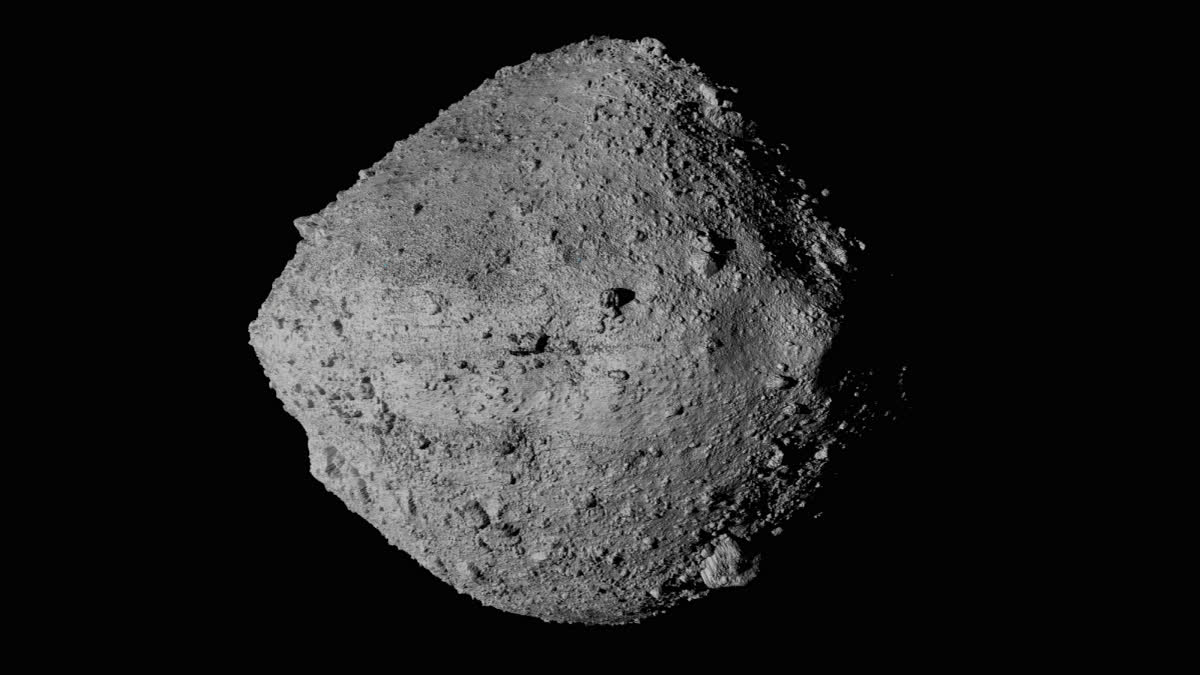Cape Canaveral:NASA on Wednesday showed off its first asteroid samples delivered last month by a spacecraft — a jumble of black dust and rubble that's the most ever returned to Earth. Scientists anticipated getting a cupful but are still unsure how much was grabbed from the carbon-rich asteroid named Bennu, almost 60 million miles (97 million kilometres) away. That's because the main sample chamber has yet to be opened, officials said during an event at Johnson Space Center in Houston.
"It's been going slow and meticulous, but the science is already starting," said the mission's lead scientist, Dante Lauretta of the University of Arizona. NASA's Osiris-Rex spacecraft collected the samples three years ago from the surface of Bennu and then dropped them off sealed in a capsule during a flyby of Earth last month. The expected cupful was far more than the teaspoon or so that Japan brought back from a pair of missions.
Black dust and particles were scattered around the outside edge of the internal sample chamber, according to Lauretta. He said there's still "a whole treasure chest of extraterrestrial material" to be studied. The samples are priceless, the preserved building blocks from the dawn of the solar system. No one at Wednesday's celebration at Johnson got to see any of the samples firsthand — just photos and video. The asteroid pieces were behind locked doors in a new lab at the space centre, accessible only to scientists in protective gear.
Besides carbon, the asteroid rubble holds water in the form of water-bearing clay minerals, Lauretta and others pointed out. "That is how we think water got to the Earth," he said. "Minerals like we're seeing from Bennu landed on Earth 4 billion years ago to 4.5 billion years ago, making our world habitable."
